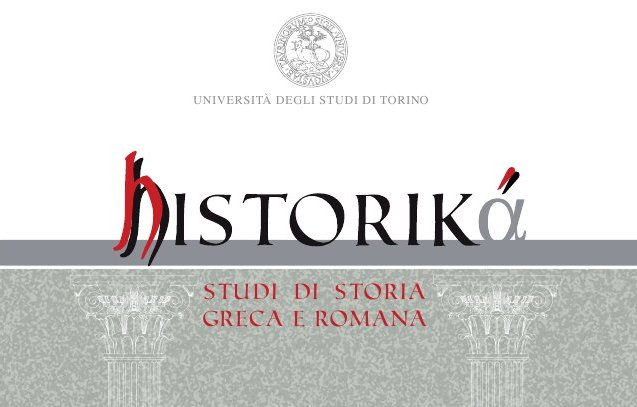…quendam gustum Graiae facundiae: quattro falsi discorsi di oratori attici e i loro lettori tra Umanesimo e Rinascimento
DOI:
https://doi.org/10.13135/2039-4985/2027Abstract
Questo studio è dedicato alla fortuna in epoca umanistico-rinascimentale di una silloge di quattro brevi orazioni latine tràdite come traduzioni di originali greci: le prime tre sono introdotte come discorsi assembleari di Eschine, Demade e Demostene; la quarta come una perorazione di Demostene ad Alessandro Magno. Tali discorsi figurano già nel Supplementum a Curzio Rufo, una compilazione in latino di fine XI - inizio XII sec., e furono da essa estrapolati e messi in circolazione come testi autonomi da un anonimo redattore operante nell’ultimo scorcio del XIV sec. o nei primissimi anni del successivo. Si analizzano le ragioni del successo riscosso da queste operette dal Quattrocento alla prima età moderna, e si cerca di stabilire se e fino a qual segno i loro lettori, copisti e traduttori rinascimentali siano stati in grado di comprenderne la natura pseudepigrafa.
The present study focuses on the Renaissance reception of a collection of four short orations in Latin purported to be translations from the Greek. Of these, the first three pretend to be assembly speeches by Aeschines, Demades and Demosthenes respectively, while the fourth one is a peroration allegedly addressed by Demosthenes to Alexander the Great. These four disocurses were indeed extrapolated from the medieval Supplement to Curtius Rufus (11th-early 12th century) by an anonymous scholar around the very beginning of the 15th century and started circulating as self-standing pieces of Attic oratory. This paper investigates the reasons of the popularity these speeches enjoyed up to the Early Modern period, and try to determine whether and up to which extent were humanists and Renaissance readers unable to detect this forgery.
Downloads
Published
Issue
Section
License
The authors who publish in this magazine accept the following conditions:
a) The authors retain the rights to their work and assign the right of first publication of the work to the magazine, simultaneously licensed under a Creative Commons License - Attribution that allows others to share the work indicating intellectual authorship and the first publication in this magazine.
b) Authors may adhere to other non-exclusive license agreements for the distribution of the version of the published work (e.g. deposit it in an institutional archive or publish it in a monograph), provided that the first publication has taken place in this magazine.


 The journal has been approved for inclusion in DOAJ. The DOAJ listing of the journal is available at
The journal has been approved for inclusion in DOAJ. The DOAJ listing of the journal is available at 

